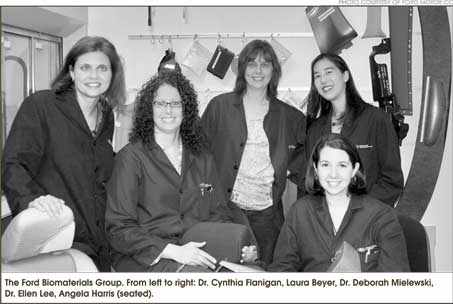Green is cool.
Even if you’re a German automaker and you call it “blue” instead of “green”, it doesn’t matter – the environmental movement is making headway in the auto industry, and in Western culture as a whole. Attend any of the auto shows on the 2010/2011 international circuit and you’ll see a glut of electrified conveyances and near-production models. Why is everyone chasing EV technology? Because, for now at least, that’s where the government funding is. It’s hardly laissez-faire economics, but as Canadians there’s very little laissez-faire about our culture, society, and government. After all, we’re closer to the socialist Swedes than the capitalist Yanks. And even the capitalist Yanks are flooding the market with EV scrills for the likes of Tesla, Fisker, Nissan, and Chevrolet. With electric car subsidies, governments like ours are flashing their environmental principles, or at least demonstrating their willingness to appease left-leaning voters and Liberal/NDP MPs.
But the battery electric vehicles that automakers are touting today aren’t a perfect solution. They’re far from it. Even if a car is powered by electron probabilities, it’s still constructed of plastics made from petrochemicals. So even if every vehicle on the road were electric and we were all limited to even 300km between 8 hour charges (and denied the emancipation from fixed location that the internal combustion engine grants us), we would still be digging for bitumen in Fort McMurray.
To address the issue of petro-plastics, some very clever people are working very hard to make plastics from substances that we might otherwise throw away. One of these people is Ford’s Dr. Deb Mielewski.
I chatted with Dr. Deb over the phone recently to pick her brain about bio-materials and Ford’s vision for the future of plastics.
Peter: So, what does the term “bio-materials” encompass?
Deb: It really encompasses moving away from petroleum-based plastic materials. Instead we use a sustainable or grown product. This includes recycled pop-bottles (post-consumer), polyurethane foam from mattresses, soy, and polylactic acid (PLA).
What are some of the benefits of biomaterials?
Reduction on petroleum dependence is the primary one, but there’s also a significant CO2 reduction. Reduced weight is another added benefit, which in turn results in further fuel economy gains and emissions reductions.
How long has Ford been working on biomaterials?
Ford started in 2000, which is when I took the position with their R&D division. We now have 5 people dedicated exclusively to plastics research.
Are you working with external groups in your research?
We are working with several universities as well as the Ontario BioCar Initiative (a multi-university effort between the University of Waterloo, University of Guelph, University of Toronto and University of Windsor). Together, we developed a wheat straw filled polypropylene resin. Used to strengthen the material. Normally, wheat straw is a waste product from wheat production. There aren’t a lot of uses for it, so we’re very pleased that we were able to use it to make the 3rd row interior storage bins in the Ford Flex. This initiative provides an income stream for farmers.
Why did you choose the Flex’s 3rd row interior storage bins for your first wheat straw bioplastic application?
We chose the 3rd row storage bins because only a low volume was needed. It’s also not a structural part and it’s not very visible so we could minimize the risk. There’s always a degree of risk whenever you’re treading into uncharted waters.
Who is the wheat straw purchased from?
Ford has a contract with Omtec, an Ontario-based company, which collects wheat straw from 4-6 Ontario farmers.
And Ford takes the wheat straw directly from Omtec?
Before reaching Ford, the desired part is molded by another company called IAC.
Interesting. With wheat straw based biomaterials, what are some of the limitations in terms of application?
Durability is a serious limitation. Cars are expected to last so long now that it is our biggest concern.
How does the price of oil impact biomaterials?
Ford’s biomaterial technologies make the most sense when gas prices are higher. When oil is over $100/barrel, it becomes a very attractive alternative from a cost standpoint. On the Mustang, where we first implemented biomaterials, it was essentially cost neutral. Now, with wider applications and economies of scale, there might be a cost benefit. Even if there were no cost benefit, we’re using a waste product (in the case of wheat straw) as a new material, and that says a lot about our company.
Has Ford performed studies to determine if there is a net-reduction in the use of petroleum products from plant seed to vehicle application versus traditional plastics?
Yes, and there is a net-reduction.
What differentiates Ford’s approach to biomaterials from that of other auto manufacturers?
Ford is more holistic, we look at a variety of different technologies and are always searching for the best one. Other manufacturers are just looking at one technology and are limiting their opportunities in the process.
Well that about wraps it up, thank you very much for your time, Deb.
It was my pleasure, thank you.
[Image credits: Ford, American Recycler]





